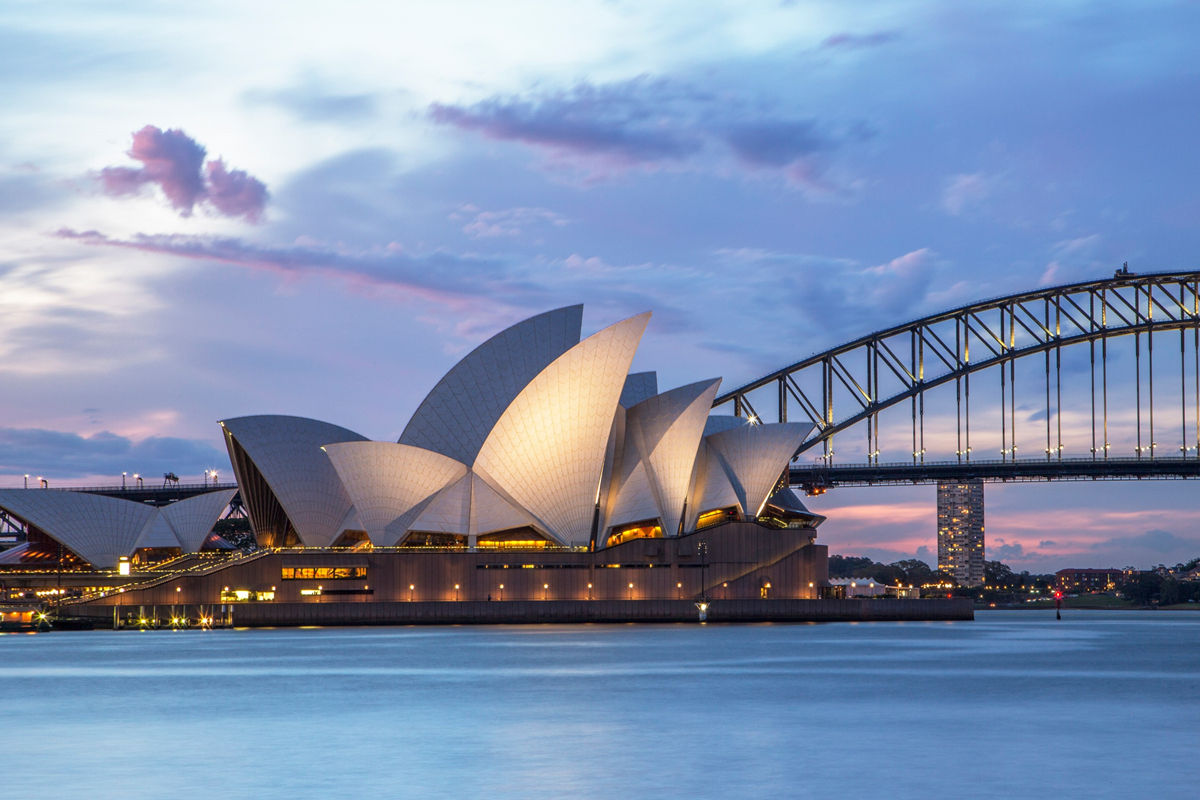We may earn money or products from the companies mentioned in this post.
The Sydney Opera House is one of the most recognizable icons in the world. It is a UNESCO World Heritage Site, a symbol of Australia, and one of the most recognizable buildings in the world. It has been called a masterpiece, an icon of the modern world, and Australia’s most famous tourist trap. It has also been called a money pit, an eyesore, and the most famous white elephant in the Western world. This article will explore the hidden secrets of the Sydney Opera House, revealing facts you probably didn’t know.
The Origin of the Sydney Opera House
The Sydney Opera House is the brainchild of Danish architect Jorn Utzon. Utzon designed and built this iconic building in the late 1950s, but he was forced to give it up when he had to flee from Australia because of his political views. The design was taken over by Italian architect Pier Luigi Nervi, who held on to the original design with a few changes. It took almost 20 years for Utzon to gain custody of his intellectual property rights back and order the construction of the building to start again.
After construction began, the project’s finances were in shambles since it was plagued by cost overruns, delays, and technical difficulties. Finally, in 1973, Sydney became determined enough to find a way out of this financial quagmire and commissioned two different international architectural firms to redesign the interior and exterior of the opera house so that it would be completed before its projected completion date of 1978.
Why Was the Sydney Opera House Built?
The Sydney Opera House was designed by Danish architect Jørn Utzon and built from 1959 to 1973. Utzon was determined to create a new, modern architectural statement for Sydney, unencumbered by previous design traditions. He intended the building to be used as a stage for opera, but because of its more flexible interior spaces, many types of performances have been given at the site in addition to opera.
The main reason why the Sydney Opera House was built was to change how Australians viewed their city. The Sydney Opera House is one of many contributions to Australia’s cultural identity that makes it, unlike other countries. By changing how Australians view themselves culturally, there is a greater sense of pride and belonging in their country so they can be confident with who they are and what they represent internationally.
The Cost of Building the Sydney Opera House
The Sydney Opera House cost an estimated two billion dollars to build. Construction began in 1957 and was finished in 1973. When it was completed, it had a design that was revolutionary for its time and has been called the most influential building of the 20th century.
In 2002, the Sydney Opera House was added to London’s list of World Heritage Sites as well as New Delhi’s list of World Heritage Cities. In 2008, it became one of only 12 UNESCO World Heritage Sites worldwide where all items are considered unique (the others being the Taj Mahal, Angkor Wat, Uluru-Kata Tjuta National Park, Great Barrier Reef System, Machu Picchu, Venice, and its Lagoon). It is also on the tentative list for consideration for UNESCO recognition as a world heritage site in 2019.
The Sydney Opera House is one of the world’s most iconic buildings and it is often touted as the world’s most beautiful. But Australia’s largest and most recognizable landmark has a fascinating history, dating back to 1912 when a competition was held to design a home for the Australian Opera.
The winning design was by Danish architect Jørn Utzon, who would go on to become one of Australia’s most famous architects. The iconic building was finally completed in 1973, though it has undergone numerous renovations since then.
The Sydney Opera House is truly a hidden gem and there is so much more to learn about this iconic building than what you see on the outside.

Hi~Living Deals from "Wet For Her"

